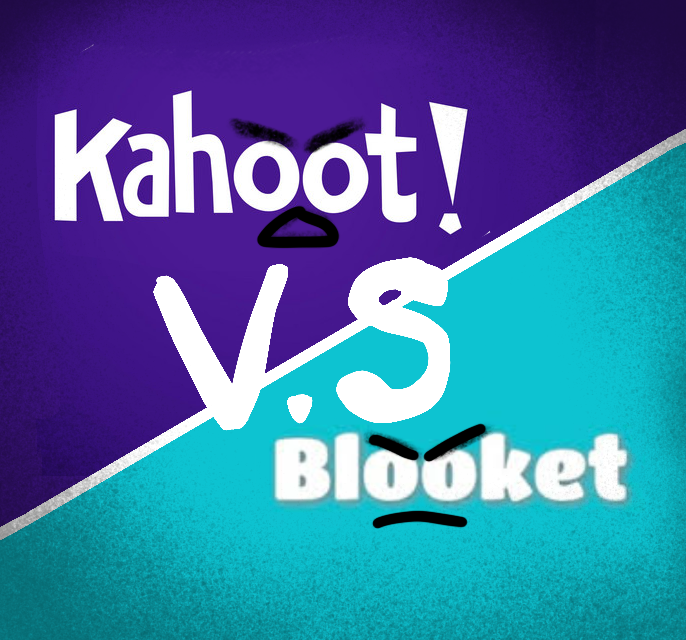On a sunny Friday morning, students are relieved by the idea that their week is nearly over, though many others are panicked by looming unit tests. They tap their fingers, rub their necks, wipe the sweat from their foreheads. A teacher, a few minutes late, enters the room and announces, “Morning class, test has been moved back to next Monday. Get out your chromebooks and go on Kahoot.”
Founded in 2012, Kahoot has been a cornerstone in fun, educational tools that a teacher may use with many students acclaiming it to be one of their most favorite websites.
According to Kahoot.com’s blog, they’ve accumulated six billion players since the game’s release in 2013, been actively used by nine million teachers, used in over 200 countries, and they’ve been funded over 500 million dollars from major companies such as M12 (formally Microsoft Ventures), softbank, and Accelerator Investments LLC (owned by Walt Disney Company). According to CompaniesMarketCap.com, the company was most recently valued at $1.6 billion. So, what makes Kahoot this successful? Twice as successful than the 25-year-old, award-winning Brainpop that was acquired by Kirkby for $875 million?
It is likely thanks to the website’s interactiveness between students, motivating students to compete against each other in trivia, leading students to actually learn.

However, in Kahoot’s long rise of popularity, there’s been a new king of games—of course, not referring to Yu-Gi-Oh. Blooket has quickly grown in popularity since its release in 2020. This quick rise to fame is attributed to the website’s more diverse content rather than just only trivia that Kahoot offers.
“I think Kahoot is nostalgic, but there’s not that competitive factor as much as Blooket, because it almost feels like a video game,” Brandon Tse (12) said.
Many students agree with this sentiment.
“Students are more active and everyone’s treating it as more of a game than Kahoot,” Sean Quintero (12) said.
In Blooket, it gives users the choice between the game modes: Tower Defense, Monster Brawl, Cafe, Factory, Crazy Kingdom, Tower of Doom, and six other fun choices. Though each game incorporates trivia, their gameplay is different. This allows these educational games to be more interactive with players and draw them further into subconsciously learning more about history or biology.
“I feel I can learn more when just doing notes or listening to the teacher,” Carson Wong (10) said.
While both games encourage students to learn by playing, the distribution of who is encouraged is different: Kahoot punishes players who do not succeed in the beginning and prevents them from being on the top on the leaderboard, whereas in Blooket, students are still able to achieve first place.
“I don’t really win that much, but I just think [Blooket] is more fun than Kahoot, because at least you’re doing something,” Tse said. “Kahoot, if you lose, you’re not on the leaderboard, so there’s no point.”
Furthermore, the structure of Kahoot is also very much test-like, giving students one chance to get it right. And so, when a student knows they’ve got several questions wrong, they become discouraged from trying more to beat their friends and classmates.
“[Blooket] pursues the students more individually when you’re against each other, but Kahoot is more based on your score personally,” Quintero said.
And so, while the familiar, catchy, jukebox music of Kahoot may thrive in our hearts and memories, Kahoot relinquishes the throne to Blooket’s superior gameplay and efficiency.









Jeevan • Feb 1, 2025 at 10:28 am
I like blooket more
rew • Dec 4, 2024 at 12:44 pm
Z????????
ren • Oct 12, 2024 at 4:42 pm
the logo angry faces are so goofy and clever (^▽^) i love it